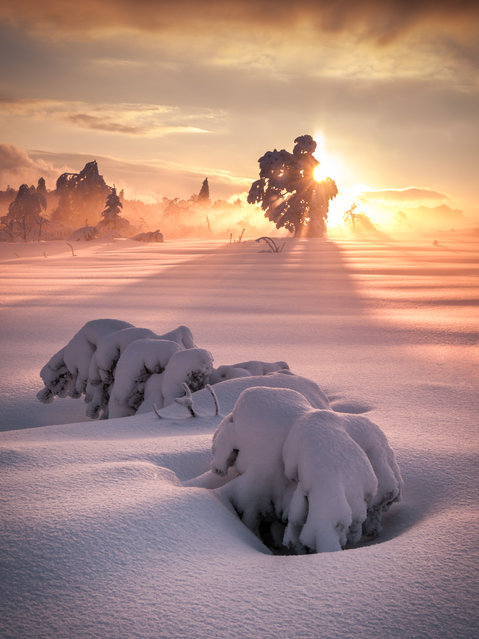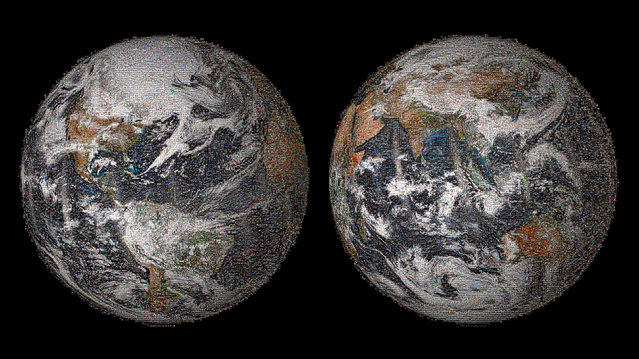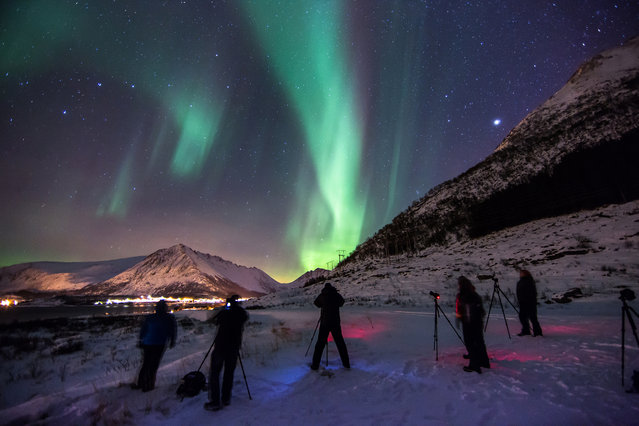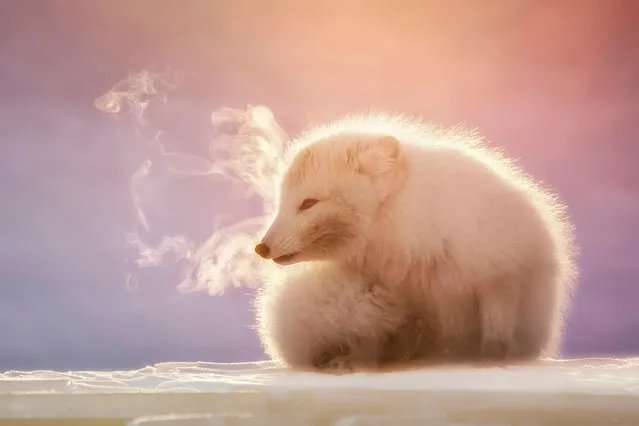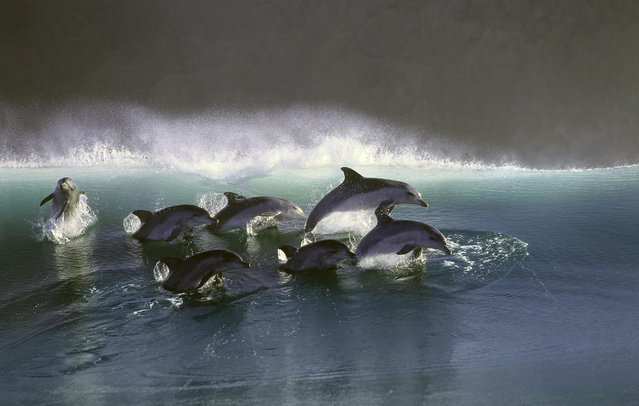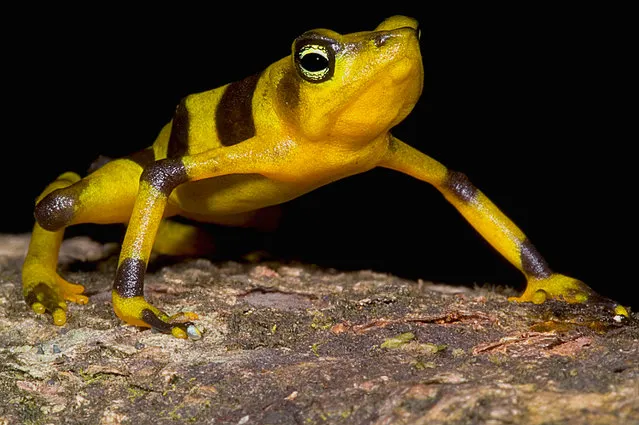
Competitors gather backstage as they prepare to take part in the All Ireland Irish Dancing Championships on November 2, 2016 in Belfast, Northern Ireland. The championships take place at the Waterfront Hall over the course of six days with winners qualifying for the World Irish Dancing Finals which will take place in Dublin next year. (Photo by Charles McQuillan/Getty Images)
03 Nov 2016 13:10:00,post received
0 comments

